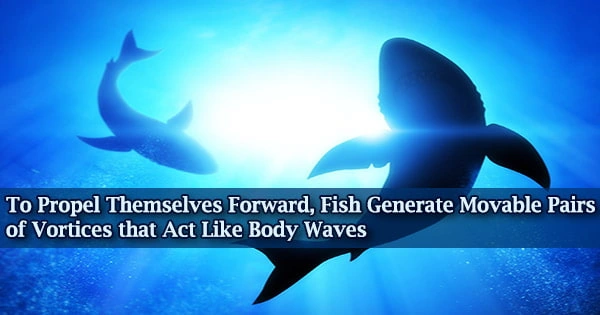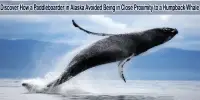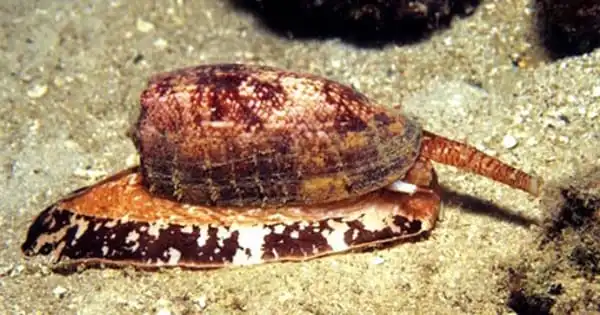Fish have unrivaled motion control and flexibility while swimming in difficult underwater conditions. Researchers have been inspired for decades to mimic nature’s most skilled swimmers in order to improve underwater vehicle propulsion and agility.
Although the relationship between the movement of the caudal fin and the transitory forms and motions of the water environment is well understood in fish mechanics, little attention has been paid to how pressure fields affect thrust generation and control to propel fish.
Researchers from Harbin Engineering University in China showed in Physics of Fluids that fish construct movable vortex pairs of high- and low-pressure zones that allow them to swim by precisely controlling body fluctuations.
The findings pave the way for the development of flexible structures for an underwater bionic propeller with great performance.
The entire zebrafish in the swimming process is regarded as a body wave. Whether they accelerated forward or changed directions, the fish maintained a wavelike motion at all points of the body from the start of movement.
Yang Han
The researchers analyzed the spontaneous swimming of zebrafish in a tank using particle image velocimetry and high-speed cameras. When a fish bends its caudal fin, which is linked to the vertebral column, to one side, it accelerates and then returns to neutral as the fish straightens its body.
The researchers detected the creation of two vortex cores spinning in opposite directions near the wake after completing a single tail swing. On opposing sides of the fish, these cores form a low-pressure and high-pressure zone.
The researchers discovered that the zebrafish’s propulsion power is generated by a combination of the low-pressure area’s pull and the high-pressure area’s push.
The combined movement of these high- and low-pressure zones accelerated the fluid mass backward while pushing fluid outward towards the caudal fin’s tip.
The high-pressure area slid to the back of the caudal fin and the low-pressure area slid to the front of the caudal fin when the fish body was J-shaped.
The low-pressure area was exploited by the caudal fin to force fluid into the body and provide a vertical upward pull on the fin. The fluid was forced away from the crest by the high-pressure area, which created an upward thrust on the caudal fin. The zebrafish were able to migrate indefinitely after repeating this method.
“The entire zebrafish in the swimming process is regarded as a body wave,” co-author Yang Han said. “Whether they accelerated forward or changed directions, the fish maintained a wavelike motion at all points of the body from the start of movement.”
















